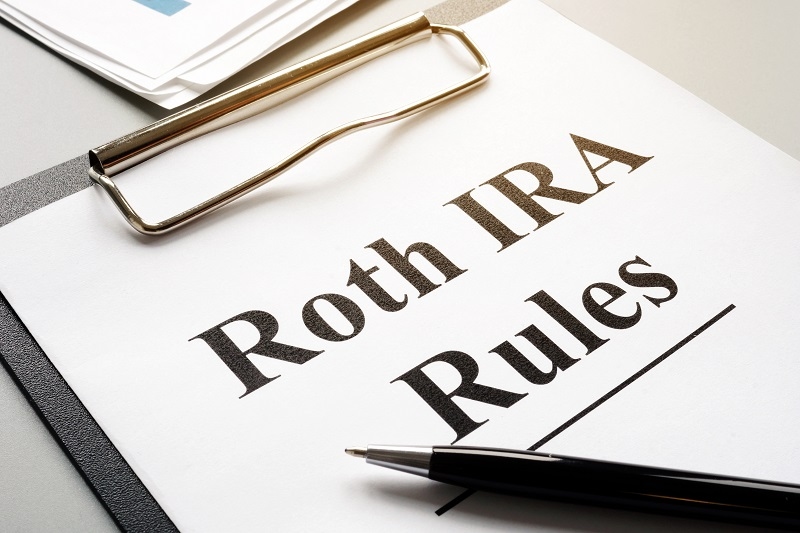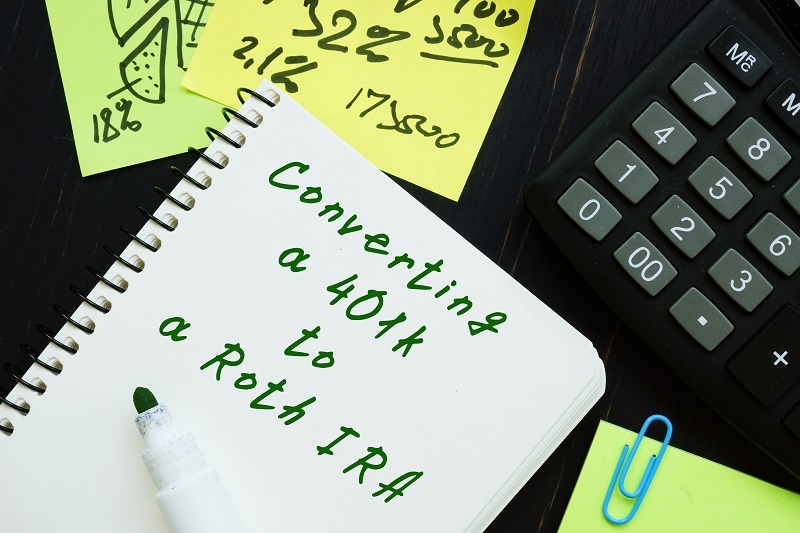
Retirement can be a long way off when you're in your 20s or 30s, but the earlier you start preparing, the richer your financial life will become. Two of the most powerful weapons available for creating long-term retirement income are the Roth IRA and Traditional IRA. These tax-advantaged accounts aren't solely for the rich or the financially astute—instead, they're for anyone serious about creating a secure future.
It is vital to understand the difference between Roth IRA vs Traditional IRA accounts. The argument over Roth vs traditional IRA comparison is not which one is superior to the other, but which is better suited for your particular financial condition and retirement goals. Read on for some of the best IRA contributions tips.
When it comes to retirement savings, there ain't no one-size-fits-all. The Roth IRA and Traditional IRA both have varying tax benefits, contribution requirements, and withdrawal terms. The most important thing is knowing how these variables play out in relation to your current financial situation and future income expectations.
Both IRAs will allow your investments to grow tax-deferred or tax-free, thereby giving them a broad band of advantage over regular brokerage accounts. However, to gain the most out of them, you have to be smart.
Picking between Roth IRA and Traditional IRA usually relies on your present tax bracket compared to your future tax bracket during retirement. That's why most financial advisers stress an individualized approach and usually recommend utilizing the two accounts side by side if you qualify.
Taxes are perhaps the biggest factor in determining which IRA is best for you.
This tax difference is the foundation of any Roth vs Traditional IRA comparison. If you will be in a higher tax category when you retire, paying now with a Roth IRA might actually cost you less in the long run. If you will be in a lower tax category when you retire, the Traditional IRA's tax savings now might be better.
One of the smartest things you can do for your financial future is to contribute to your IRA on a regular basis. Regardless of whether you're considering a Traditional or Roth, the top IRA contribution advice is, believe it or not, actually very simple and successful.
Get started early. The longer your money is in the market, the more time it has to compound. Even small, frequent contributions will add up to a lot of money over the long term. Systematically making contributions can prevent you from missing a month.
Make sure to save as much as is allowed by law. For the 2025 tax year, the contribution limit is $7,000, and there is an additional $1,000 in catch-up contributions for individuals 50 years of age or older. These amounts may seem tiny, but their tax-advantaged growth ability makes them incredibly potent over decades. One of the suggestions is to consider contributing to both types of IRAs, if you can. It can give you tax flexibility in retirement—a key aspect of any good Roth vs Traditional IRA comparison.
Tax efficiency is one of the largest reasons that IRAs are at the center of retirement planning. With a Traditional IRA, your contribution may reduce your taxable income during the year you contribute. That translates into less of a tax bill today, which can be especially helpful if you're in a high-income tax bracket.
But keep in mind that all withdrawals from retirement are taxed as ordinary income. That's why some people transfer contributions to a Roth IRA if they expect to pay more taxes in future years. With a Roth IRA, the trade-off is flipped. You do not get a current tax deduction, but your qualified retirement distributions are entirely tax-free. This can be a great benefit when you have a fixed income.
These differences are the foundation for most discussions of IRA tax benefits described. Understanding when you'll pay taxes—and how much—can be a big deal to your long-term wealth.

If you've had a few jobs, chances are you've got a number of different retirement accounts floating around. Rolling them into a single account can make it much easier to manage your investments, and pretty often more profitable. That's where an IRA rollovers guide comes in.
Rollover means rolling over money in a 401(k), 403(b), or other IRA to a new IRA account or an existing one. There are two ways to do it. A direct rollover involves your money being transferred from one account to another, with you never having to touch it. It is tax-free and penalty-free. A direct rollover gets you the money into a new IRA within 60 days. Be late, and you'll face income taxes and early withdrawal penalties.
There's also another kind of a Roth conversion, which involves moving funds from a Traditional IRA to a Roth IRA. You pay tax on any pre-tax value, but future withdrawals are tax-free. It's typically used when your income is lower temporarily so the tax effect isn't as harsh. Understanding these tricks is the essence in any IRA rollover guide, especially for those who have to navigate the Roth IRA vs Traditional IRA.
Once your funds are in an IRA, it's time to decide where to invest. That's where your IRA portfolio asset mix comes in. This is how you split your investments among asset classes such as stocks, bonds, and real estate investment trusts (REITs).
The mix should be aligned with your investment horizon, risk tolerance, and objectives. Stocks appeal more to younger investors owing to their growth prospects, while bondholders dominate around retirement age because of the need for stability and income.
The greatest thing about Roth and Traditional IRAs is that you can actually invest in pretty much any publicly traded security. But too many investors set up their IRA and never touch the account. Rebalancing your IRA annually keeps you at your preferred level of risk and can increase returns. Whether you’re building a Roth or Traditional IRA, a diversified IRA portfolio asset mix is essential for riding out market volatility and maximizing long-term performance.
The thing that the majority of people aren't aware of is that you can use both types of IRAs as part of your retirement plan. It gives you a diversified tax stream of income in the future.
For example, you can withdraw as much as your regular deduction limit from your Traditional IRA and subsequently draw income from your Roth IRA with no further effect on taxable income. This tactic offers unprecedented flexibility and typically represents the missing link in most Traditional vs Roth IRA calculations.
It also allows you to minimize RMDs, Required Minimum Distributions, to a bare minimum, which are mandatory out of Traditional IRAs at age 73 but not required with Roth IRAs. By being strategic in how you use both accounts, you can maximize not only your investment growth but also your withdrawal strategy. That's the power of a well-thought-out retirement plan.
Use the Roth vs Traditional IRA comparison as your starting point, but don't go any further. Go much deeper into the IRA tax benefits described, work out your IRA rollovers guide, and update your IRA portfolio asset mix on a regular basis. These actions can have a huge effect on your long-term returns and serve up much-needed peace of mind.
Making a choice between a Roth IRA and Traditional IRA is among the most critical processes of successful retirement planning. Although both have unique benefits, the best course of action in most situations is a combination of both. Your current income level, tax status, and future outlook should influence your choice.
Most importantly, act. The earlier you contribute—with the soundest IRA contribution guidance—the more compounding time, tax advantages, and freedom in retirement you'll have. Retirement planning is not about saving; it's about making savvy, informed decisions. With the proper mix of data and action, your Roth and Traditional IRAs can be the foundation for a retirement you truly appreciate—a retirement where you can travel, pursue hobbies, and do life your way.
This content was created by AI